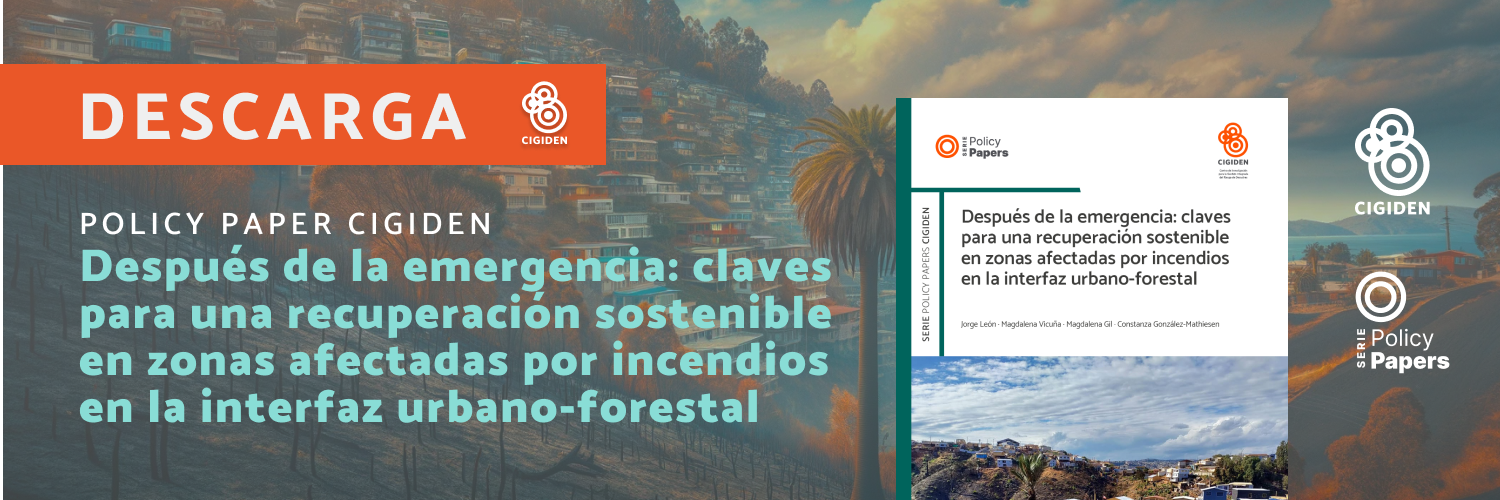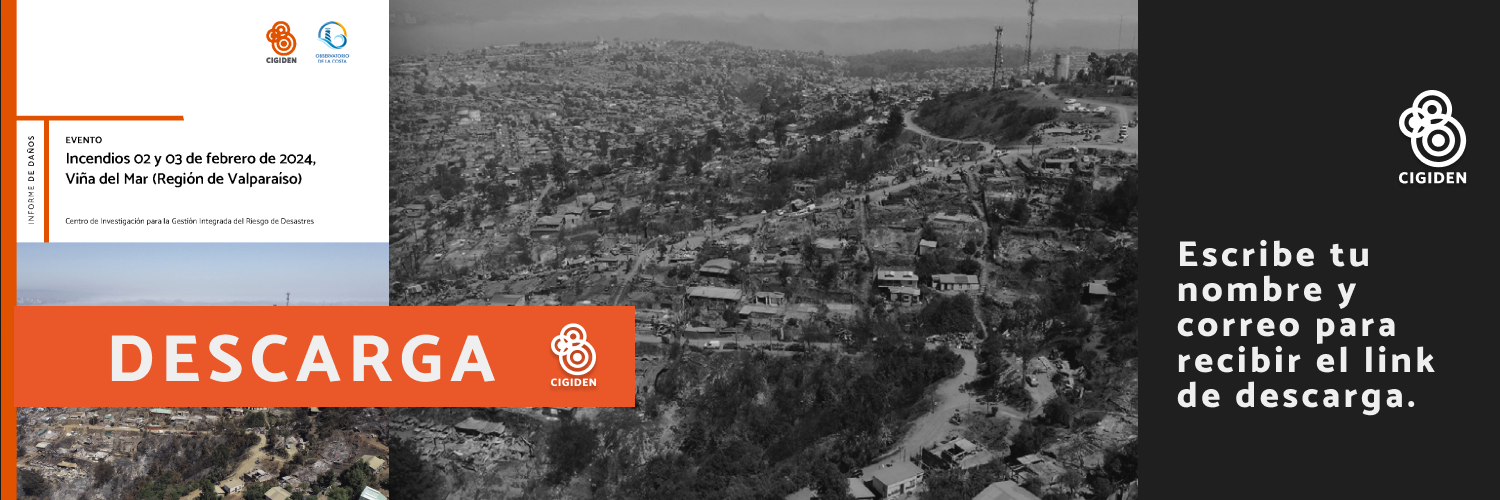The water crisis in Osorno -resulting from the oil spill suffered by the Essal S.A. plant- left the city without drinking water supply for more than a week, and raised red flags about the manner in which companies providing critical services in the country operate.
More than a week later, there are still houses with no drinking water service in Osorno. This, due to a serious failure within the city’s water treatment plant belonging to the company Essal S.A., which led to the spill of over 1,100 liters of oil, intended for the operation of the power generator set. It also polluted the waters of the Rahue river. A crisis in the drinking water generation system that María Molinos, CIGIDEN researcher and professor at the School of Engineering of the Pontificia Universidad Católica de Chile, described as “unusual” and extremely rare.
To understand the importance of this health crisis, the expert explains how the drinking water system works in Chile and around the world: “Companies use mainly two sources to obtain the resource: an underground source, i.e., water from water tables, and a surface source, namely rivers, lakes, and reservoirs, with different types of water quality. Through physical and chemical processes, water is made drinkable – fulfilling the legal standards-, it leaves the plant through a piping system and finally reaches homes”.
According to the expert, the drinking water network is comparable to the heart and arteries. As it is an interconnected system, if any of its elements fails, the entire system collapses. “Water usually undergoes four processes before becoming drinkable. The first is the addition of chemical products that allow bringing together (condensing), those elements inherent to turbid water in its natural state, i.e., particles in suspension. Then, they flow into decanting ponds where “sludge” is separated from water, and then, this water goes to the third stage: the purifying filters”, describes the UC professor.
Drinking water
As María Molinos explains, filters are made up of gravel and sand of different sizes, used to remove the smaller particles that were not decanted in the previous stage. The fourth process is chlorination. “In this process, chlorine is added to remove microbiological debris. From that moment on, water leaves the plant and flows through the network’s pipes into homes. If contamination occurred at any of these stages, purification and cleaning protocols must be applied in all processes, and oil makes everything more difficult,” warns the researcher.
“The events that took place in Osorno are rare and they should not happen. We investigated the impact of natural hazards as a polluter of water sources, such as a volcanic eruption or alluvium. When this happens, the catchment of the plant is closed so to refrain from contaminating the entire system. But in Osorno, the spill occurred inside the plant. Since it contaminated the entire process, they even had to change the filters where oil can’t be removed. Monitoring if the network’s pipes were contaminated is also necessary,” says María Molinos.
The CIGIDEN researcher explains that water purification plants should have protocols that help reduce the possibility of this type of emergency. “Oil-based generators should only be used if the electrical system fails, and they should be located far from the water source and from the purifying processes. Additionally, strict protocols for oil transportation must be established”, she added.
According to the expert, restoring the supply is a slow and complex task. Once the plant’s contamination is removed, the civil work (concrete) is clean and the filters are changed, the next step is to refill several kilometers of the drinking water network pipes without collapsing the entire system. All of explains why the company Essal was delayed for more than 10 days in restoring the water supply in the entire city of Osorno.









